Best vegetables and herbs for vertical garden
Vertical gardening offers an innovative solution for urban dwellers to grow fresh produce in limited spaces selecting the Best vegetables and herbs for the vertical garden is important.
Whether you have a small balcony or a compact courtyard, vertical gardens can maximize space and productivity.
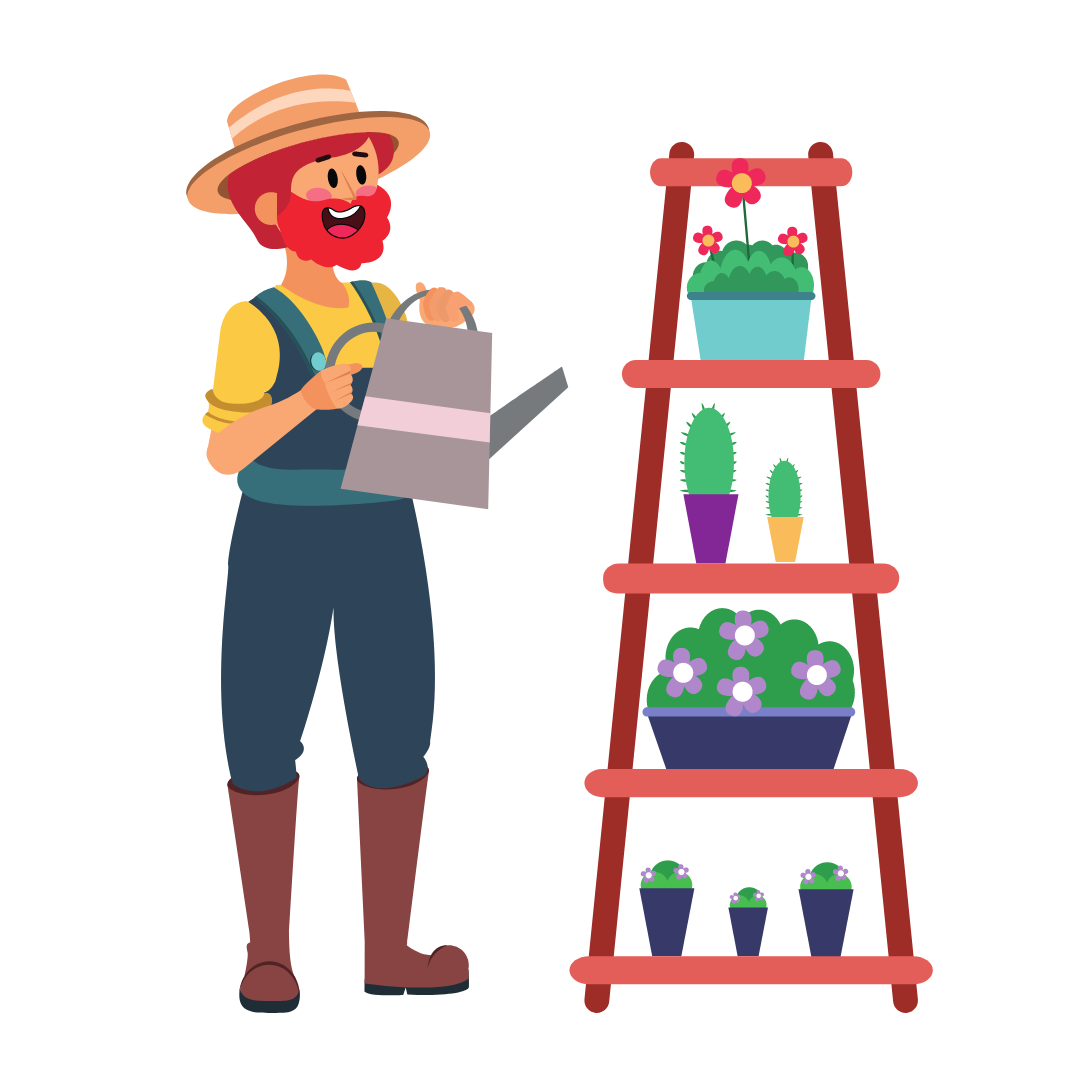
However, selecting the Best vegetables and herbs for the vertical garden is crucial for the success of your vertical garden.
Let’s explore some of the best vegetable and herb plants categorized by their sunlight needs and growth habits.
Sun-Loving Vegetable Plants
Vegetables that require full sunlight are excellent choices for vertical gardens exposed to ample sunshine.
Tomatoes, peppers, and eggplants thrive in sunny conditions, producing bountiful harvests of flavorful fruits.
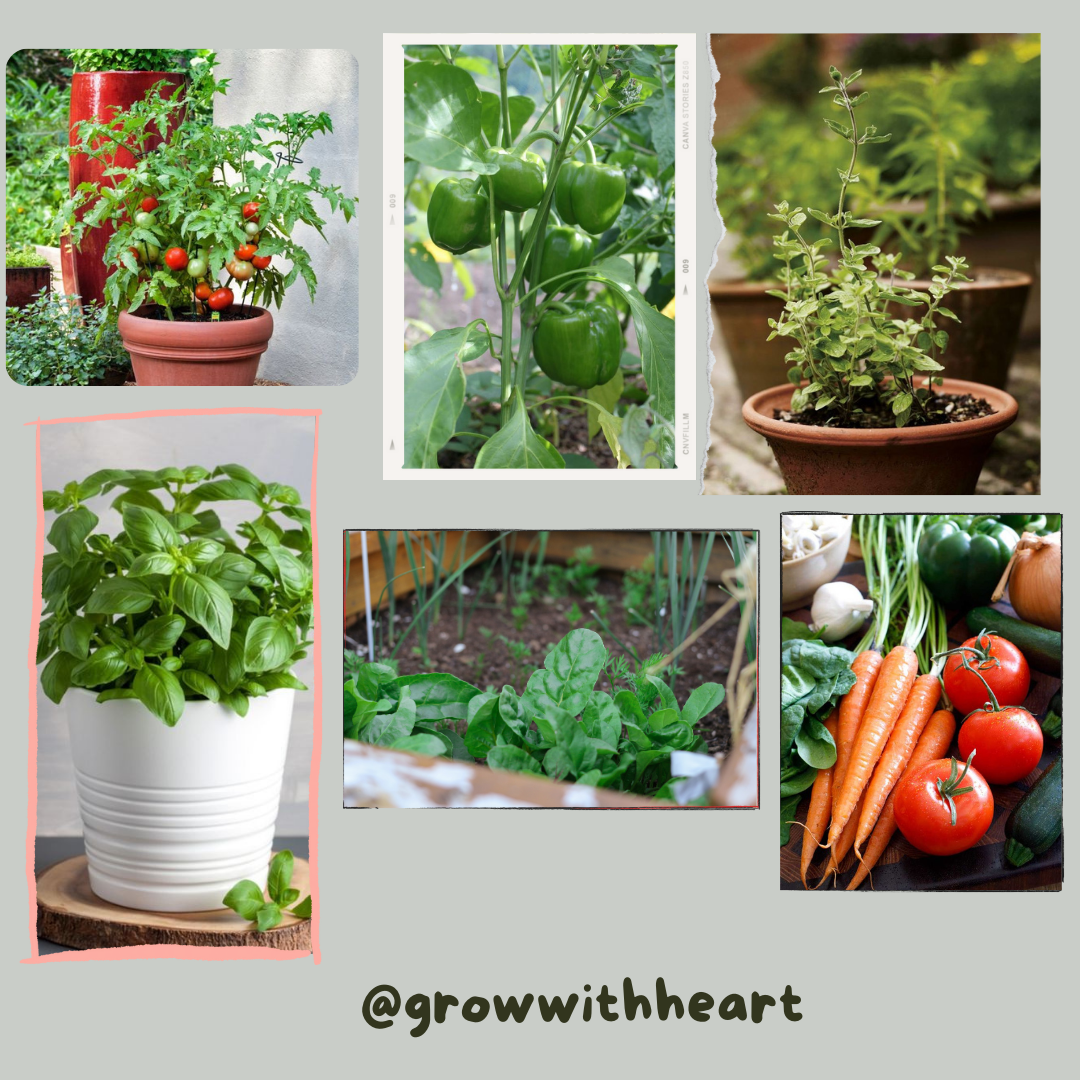
Additionally, cucumbers and squash are vining vegetables that can be trained to grow vertically, saving valuable ground space in the garden.
Shade-Tolerant Vegetable Plants
For vertical gardens in shaded areas, opt for vegetables that can tolerate low-light conditions.
Leafy greens such as lettuce, spinach, and kale are well-suited for shady vertical setups, providing a continuous supply of nutritious greens for salads and smoothies.
Root vegetables like radishes and carrots also perform well in partial shade, offering a variety of culinary possibilities.
Compact Herb Plants
Herbs are essential ingredients in any kitchen garden, and many varieties are perfectly suited for vertical growing.
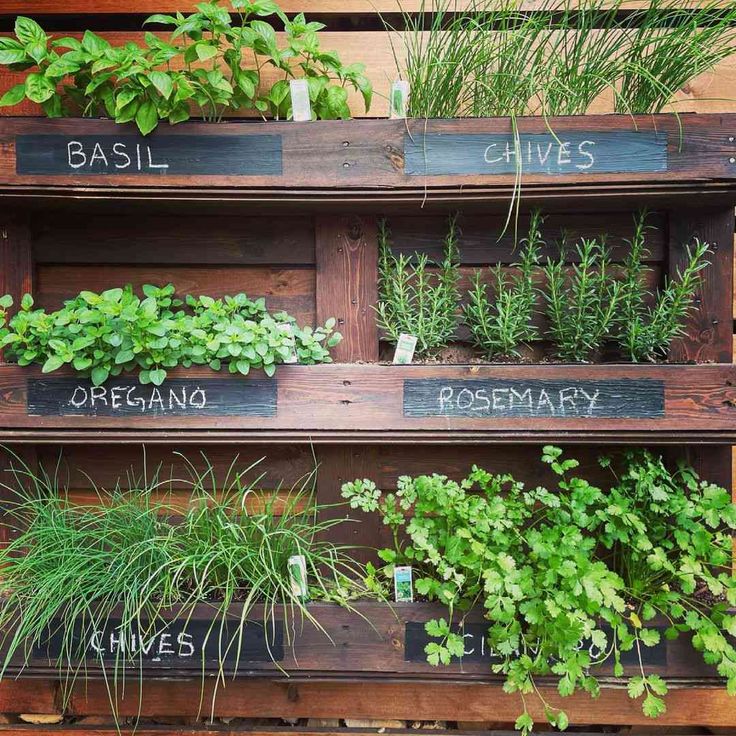
Compact herbs like basil, parsley, and cilantro are ideal for vertical gardens, providing fresh flavors and aromatic foliage in a small footprint.
Hanging planters or wall-mounted herb gardens offer convenient access to herbs for cooking and garnishing.
Maintenance Tips
To ensure the success of your vertical vegetable and herb garden, proper maintenance is essential.
Regular watering, pruning, and fertilizing will keep your plants healthy and productive throughout the growing season.
Monitor soil moisture levels and adjust watering frequency as needed, especially during hot and dry periods.
Design Considerations
When designing your vertical garden, consider factors such as plant size, growth habit, and sunlight requirements.
Mix and match vegetables and herbs with complementary growth habits to maximize space and productivity.
Experiment with different container types and arrangements to create a visually appealing and functional vertical garden.
Benefits of Vertical Gardening
Vertical gardening offers numerous benefits beyond simply growing food.
It maximizes limited space, improves air quality, and enhances urban aesthetics.
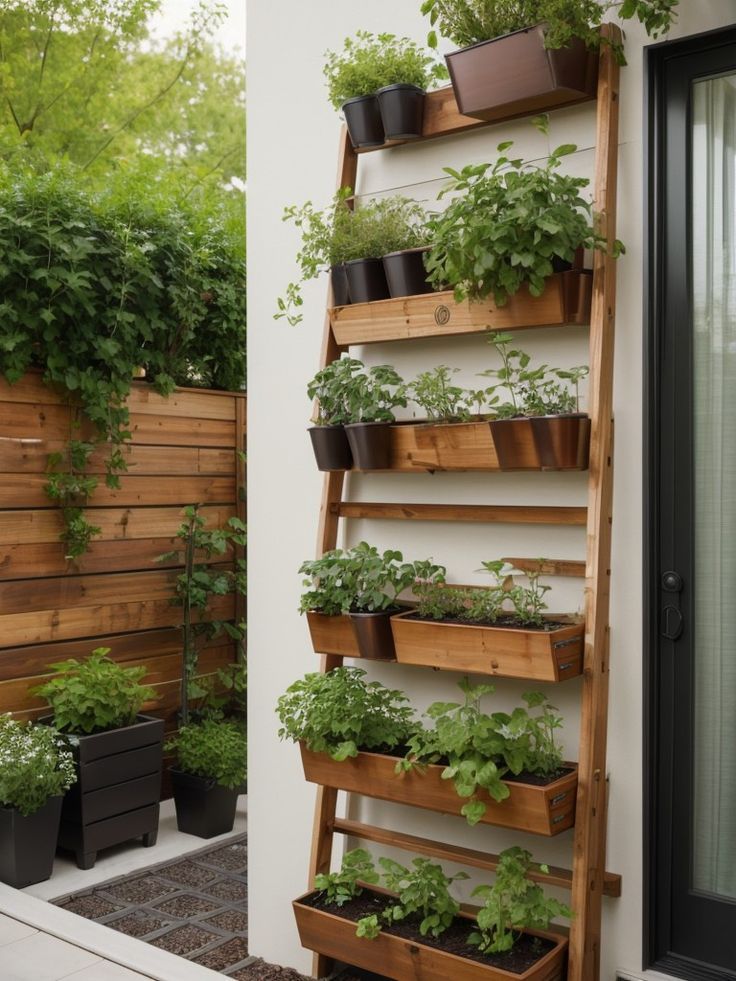
Vertical gardens also promote biodiversity by providing habitat for beneficial insects and birds. Gardening has been shown to reduce stress and improve mental well-being, making vertical gardens a valuable addition to any urban environment.
Common Mistakes to Avoid
When starting a vertical vegetable and herb garden, avoid common pitfalls such as overplanting, inadequate support, and neglecting proper maintenance.
Monitor plant health regularly and address any issues promptly to prevent problems from escalating.
With careful planning and attention to detail, you can create a thriving vertical garden that provides fresh produce year-round.
DIY Vertical Garden Ideas
For those on a budget or with limited space, there are plenty of DIY vertical garden projects to explore.
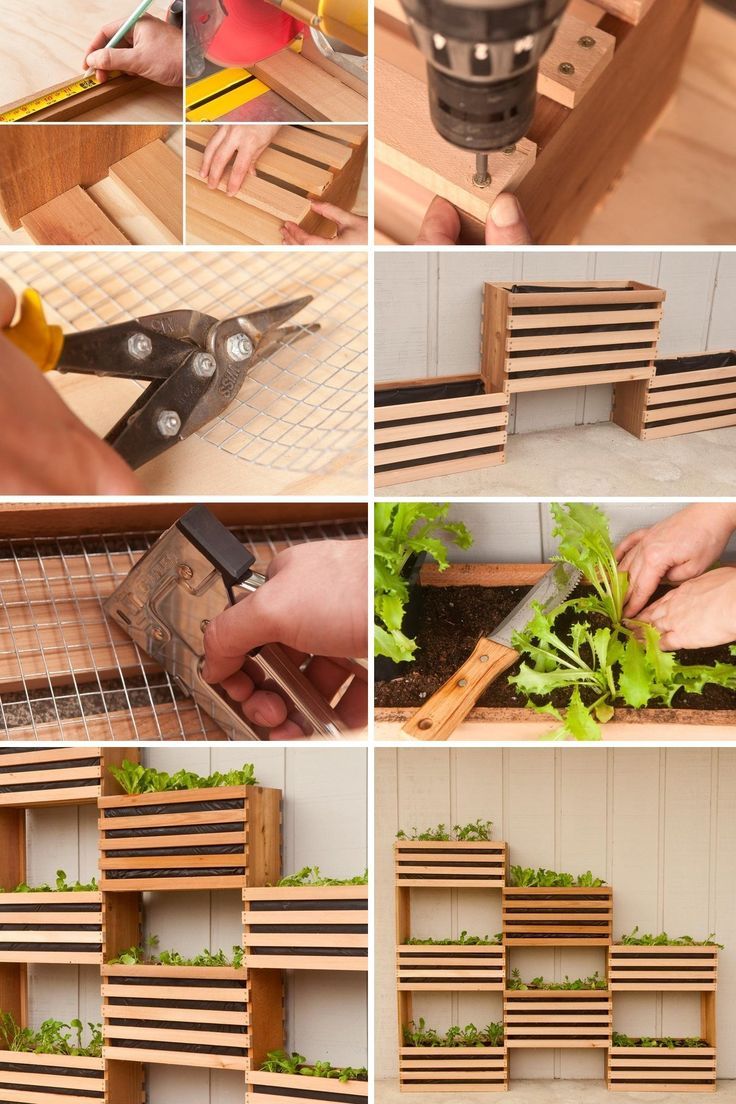
Upcycled pallets, hanging shoe organizers, and vertical gutters can be repurposed into creative planters for vegetables and herbs.
Vertical garden towers made from PVC pipes or wooden crates offer a space-saving solution for growing a variety of crops in small spaces.
Conclusion
In conclusion, the best vegetable and herb plants for vertical gardens are those that suit your specific growing conditions and culinary preferences.
Whether you prefer sun-loving tomatoes or shade-tolerant leafy greens, there are plenty of options to choose from.
By selecting the Best vegetables and herbs for vertical gardens implementing proper maintenance practices, and embracing creative design ideas, you can create a thriving vertical garden that provides fresh and flavorful produce year-round.

